Beginners Say This 30-Day Workout Challenge Actually Gets Results
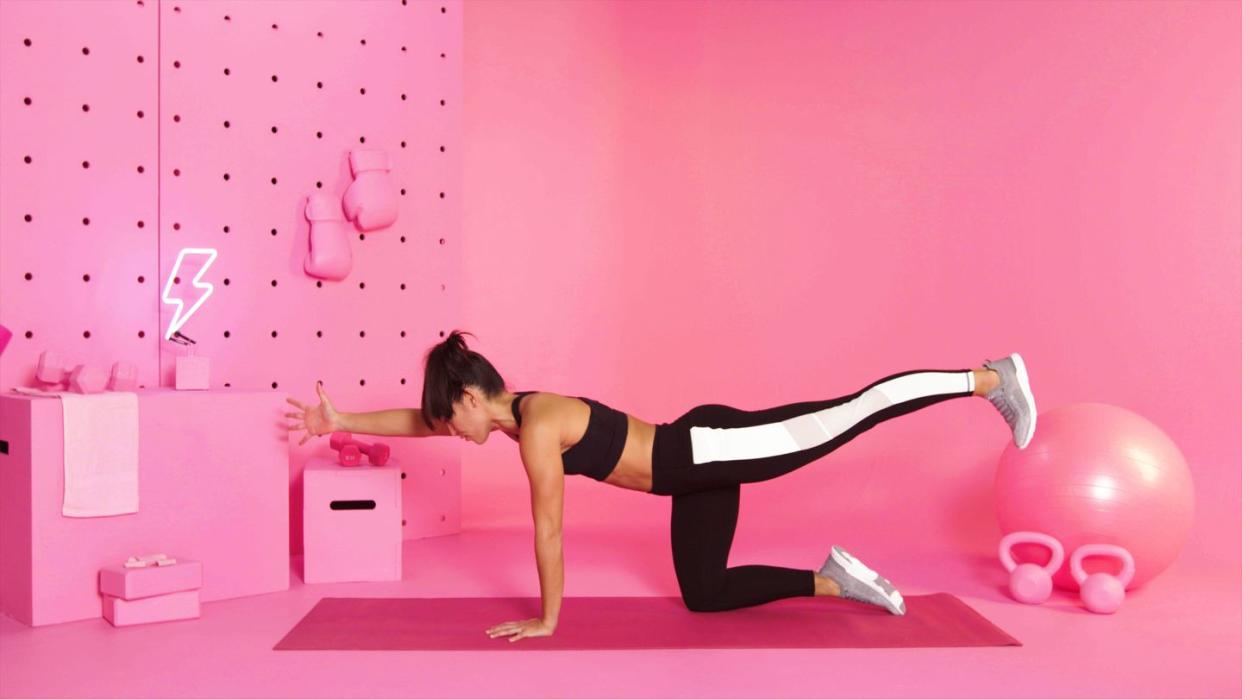
"Hearst Magazines and Yahoo may earn commission or revenue on some items through these links."
Ready to revamp your workout routine? Meet the Women's Health 30-Day Workout Challenge. This exercise plan alternates between 20-minute strength training sessions and cross-training days, so you'll never get bored. Plus, by choosing between bodyweight or dumbbell workouts on the strength training days, you can customize this challenge—exclusive for Women's Health+ members—to your exact fitness level.
Wherever you are on your fitness journey, “the key is to be consistent with your practice,” says Charlee Atkins, CSCS, creator of at-home workout app Le Sweat, and HIIT, strength, cardio, and yoga professional. “If you’ve already got a solid workout routine going, lean into the dumbbell workouts and focus on increasing your weight throughout the 30 days.” And if you're a beginner, she recommends starting with the bodyweight workouts. Focus on nailing those exercises with proper form; then, as you grow stronger over the next month, move onto the weighted workouts when you feel ready.
At the end of the Women's Health 30-Day Workout Challenge, you can expect to see some pretty awesome results. First, you should be able to do more reps over the course of the month, which is a sign your fitness level is increasing, according to Atkins. Plus, “it's great motivation when you can see that you're able to do more reps in weeks two, three, and four than you could in week one,” she says. You also likely notice some increased muscle definition and higher energy levels.
And the benefits don't just end there. By committing to a daily exercise routine for a four to five-week period, you're teaching your body a new groove and creating a new habit. Science says so. When you consistently hit your sessions, the activity is more likely to become a lasting habit, per an NIH study. So, set a time, pick the place, and stick to your routine. Atkins recommends exercising in the morning, especially “for people who struggle to find the time to work out.”
The calendar below will help you to keep track of your workout schedule, as well as the mini goals to target each week. Every strength training day focuses on a different muscle group, so you can maintain a consistent schedule with built-in time for muscle recovery.
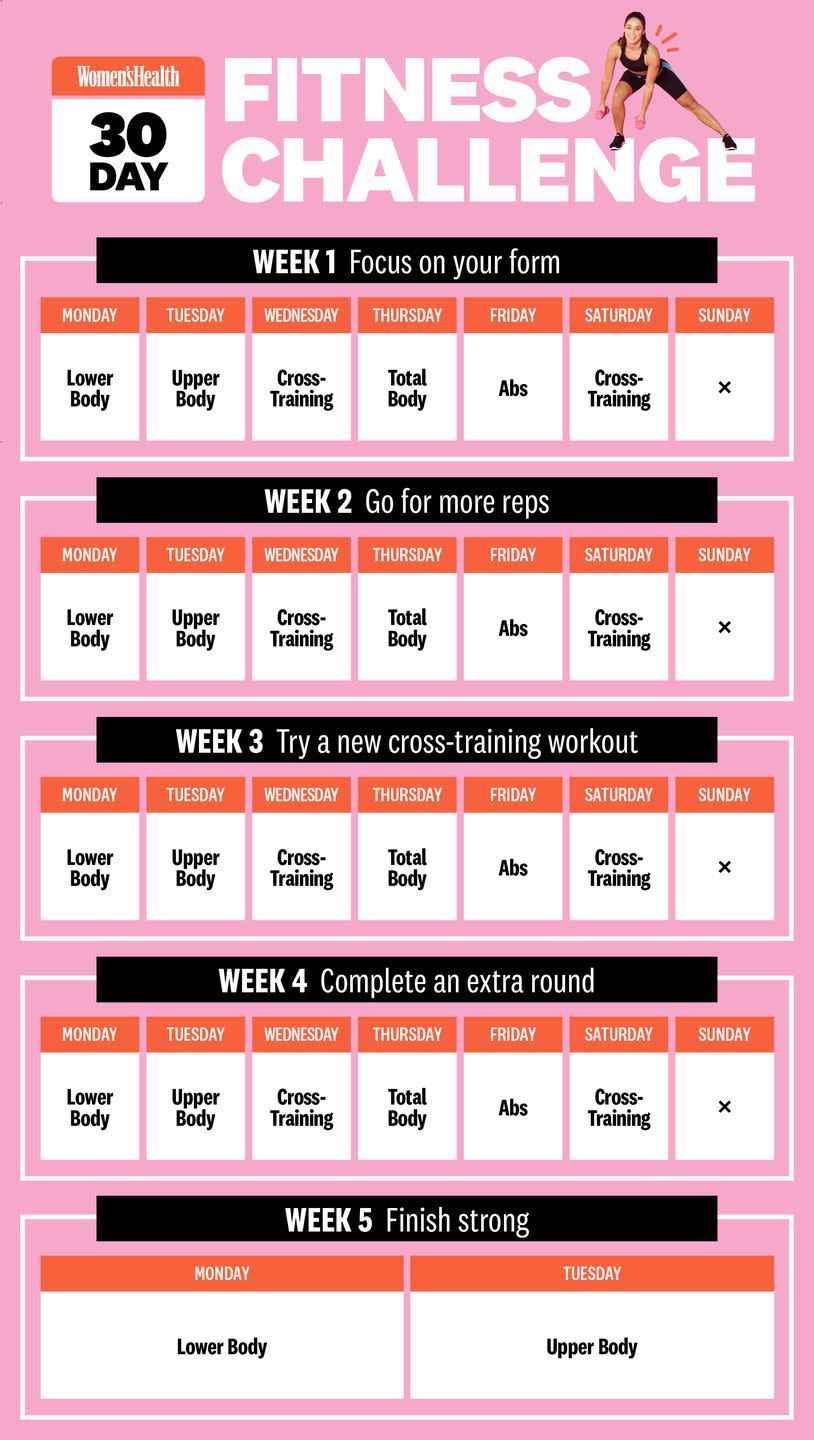
After two days of strength training workouts, you'll have one day to do a cross-training exercise of your choice. “Cross-training can include cardio or mobility workouts—basically anything that keeps you moving except strength workouts (since that's what the challenge focuses on),” says Atkins.
The Workouts
Time: 20 minutes per day
Equipment: Bodyweight, 6-pound dumbbells, 10-pound dumbbells
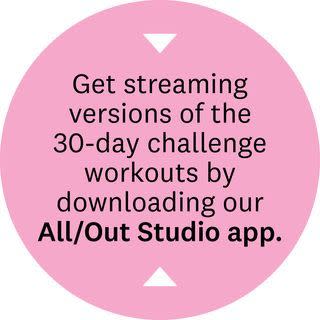
On each of the strength-training days, choose one of the two Women's Health+ workout routines provided below—either a bodyweight or dumbbell option. For the dumbbell workout routines, Atkins uses 6-pound and 10-pound weights, but that might not be the right weight for you. “When in doubt, go lighter,” she says. “Make sure you can do the moves with correct form before increasing your weight.”
Lower-Body Bodyweight Workout
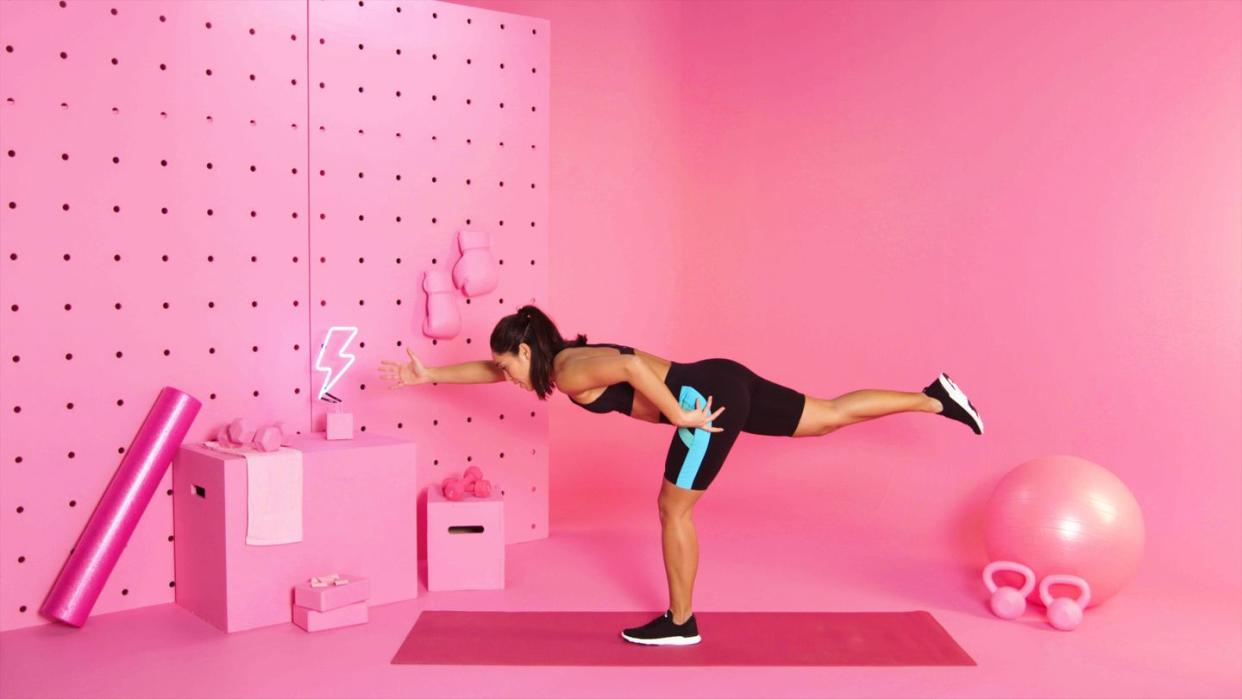
Lower-Body Dumbbell Workout
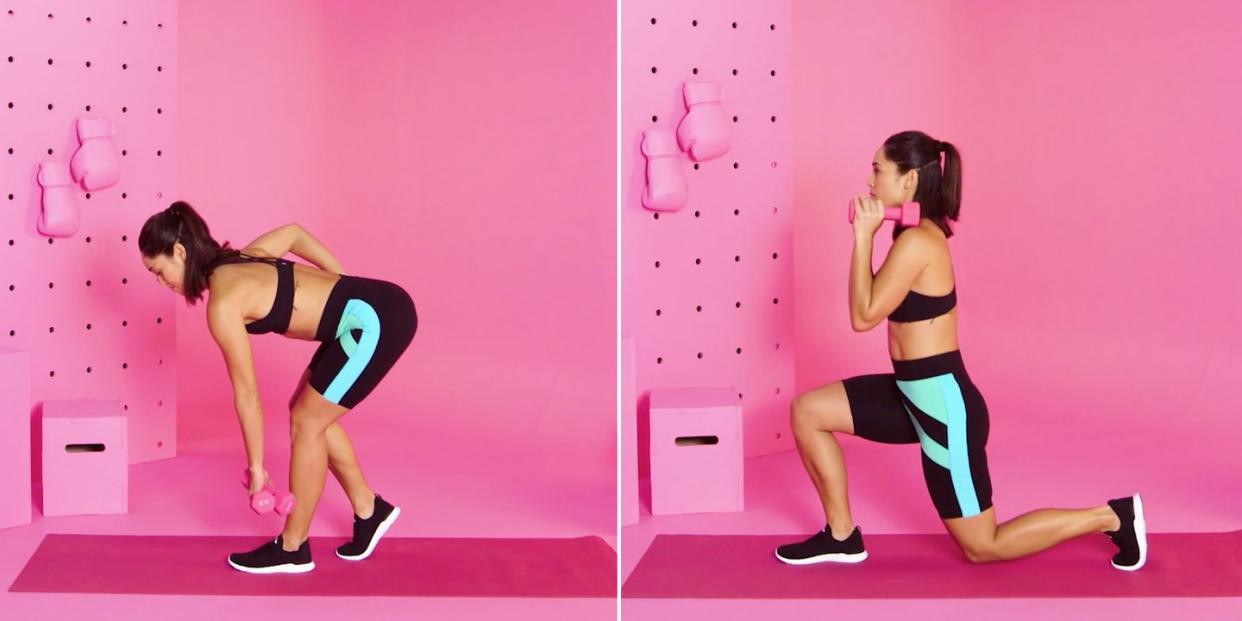
Upper-Body Bodyweight Workout
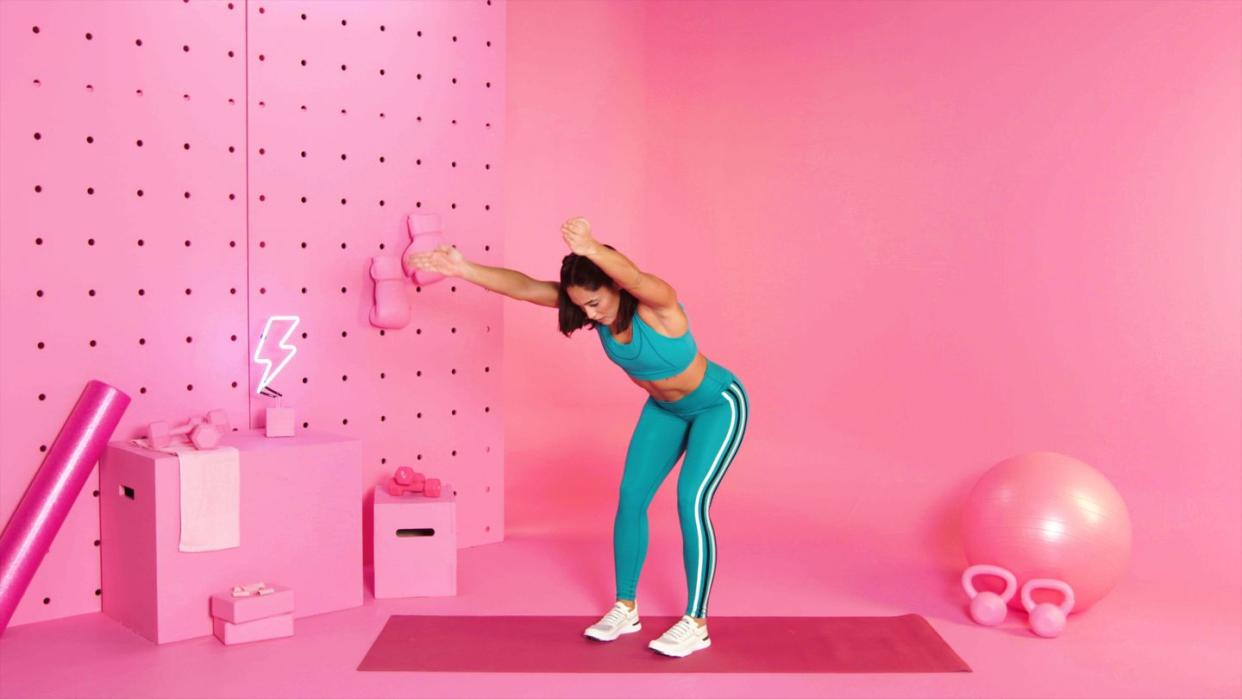
Upper-Body Dumbbell Workout
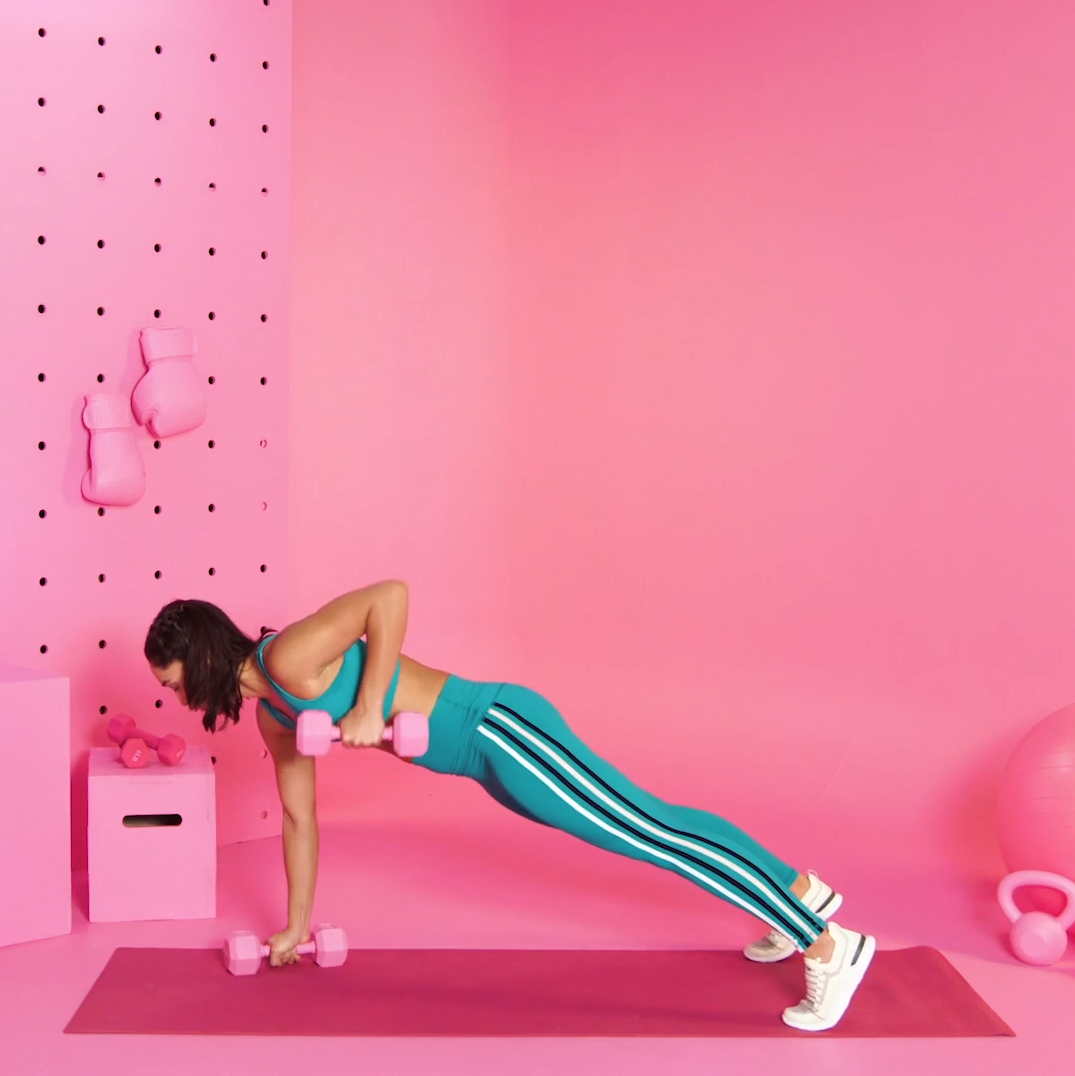
To access follow-along videos of each workout routine, download the All/Out Studio fitness app. Get your first month free with code FREE30 at checkout, or become a Women's Health+ member for 60 days free!
On Wednesday, do 20 minutes of cross-training.
Atkins recommends incorporating cross-training into this workout plan via cardio or mobility workouts, whether that means running, cycling, or doing a HIIT workout. And if you're looking for a build-your-own 20-minute cross-training workout you can do at home, check out this list of effective cardio exercises.
But you can opt for a more low-impact option too, like walking, swimming, or using an elliptical machine, especially if you're a beginner. “Cross-training has been a very loosely used term for randomized training modalities—both high and low intensity—for decades,” Heidi Powell, personal trainer and co-creator of the Transform app, previously told Women's Health. “It will help you increase strength, power, speed, endurance, agility, and balance, all of which translates across all sports and your everyday life.”
Think of it as supplementing your strength sessions with another form of movement that nourishes both your brain and bod.
Full-Body Bodyweight Workout
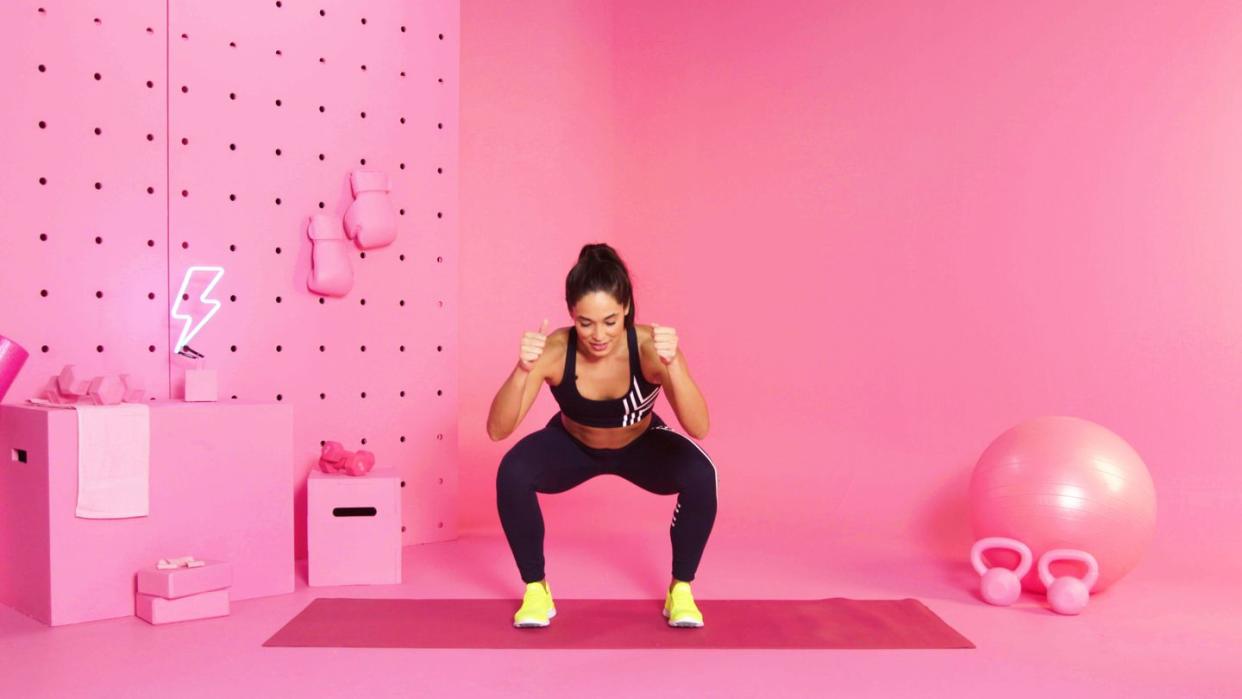
Full-Body Dumbbell Workout
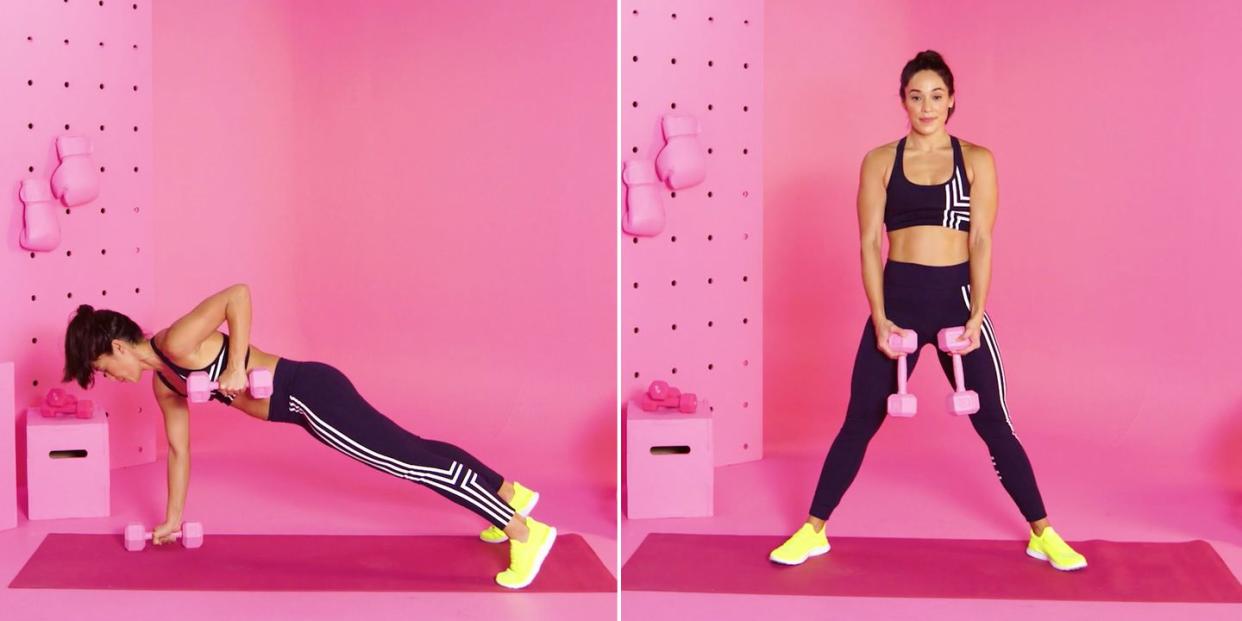
Abs Bodyweight Workout
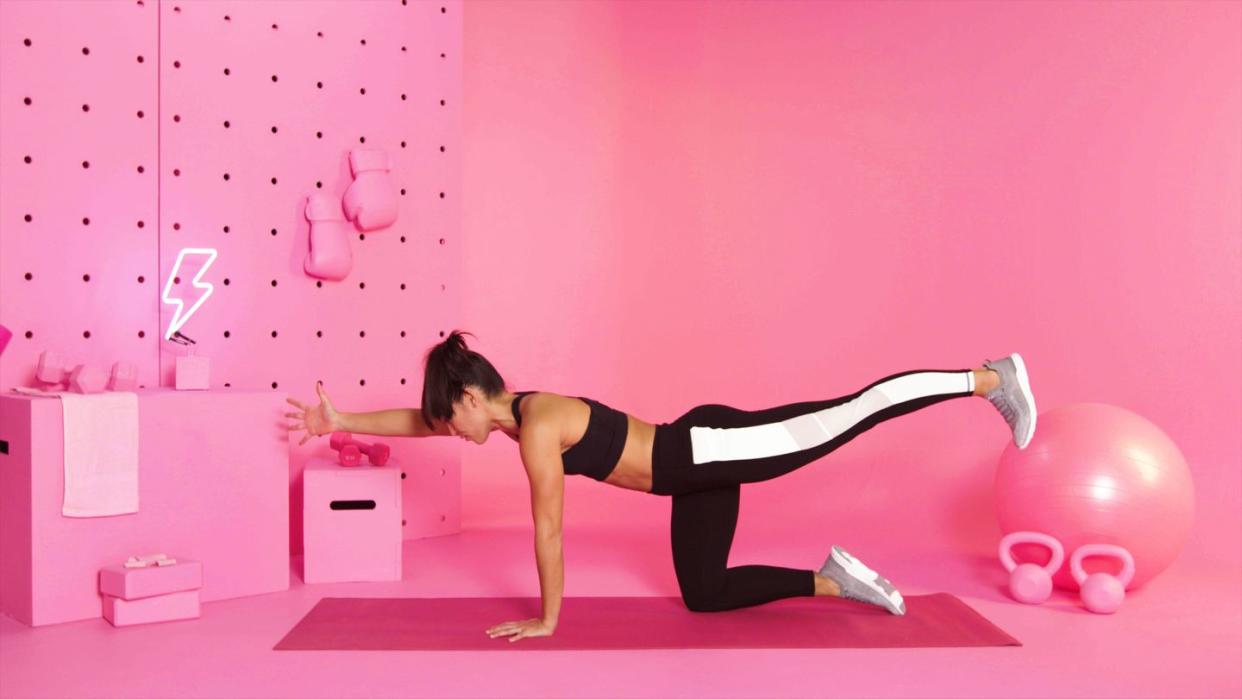
Abs Dumbbell Workout
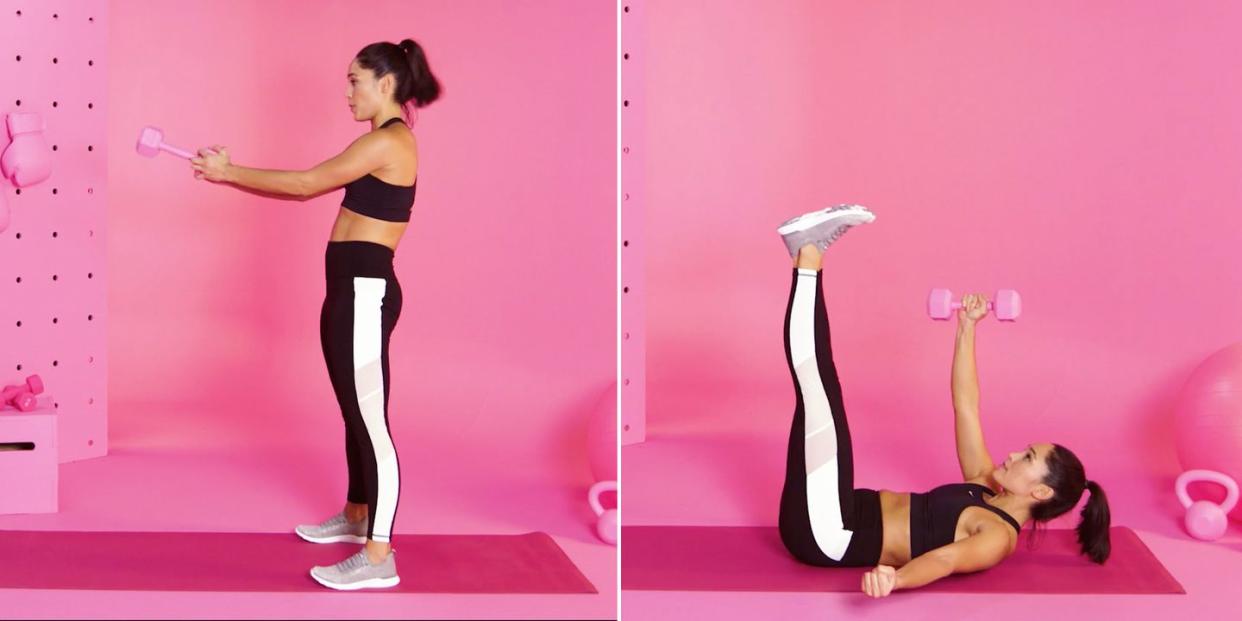
On Saturday, do 20 minutes of cross-training.
Your cross-training activity of choice can change between Wednesday and today! Maybe you took a spin class, and now you're looking for something a bit slower-paced, like a yoga class. When it comes to cross-training, it's best to alternate between two activities at a time, Mike Donavanik, CSCS, founder of Sweat Factor, previously told Women's Health. “Don’t try to do lifting, SoulCycle, yoga, Pilates, barre all in one week.” The goal is to mix it up, so you continue to challenge your body, just not too much.
On Sunday, have a rest day.
Rest days are as crucial a part of your fitness routine as any workout! Simply put, a rest day is a day when you take a break from your typical exercise programming to allow time for your body to recover, Natalya Vasquez, CPT, a certified personal trainer, health coach, and founder of Bridal Bootcamp San Diego, previously told Women's Health. “They’re intended to reset your body and mind and allow you time to recuperate.”
With this workout plan, you're scheduled to take one rest day per week. However, you can always take more if, after the first week, you feel like you need additional breaks during this 30-day program. (No shame in knowing—and respecting—your limits!) “Your unique circumstances, including your body and abilities, time constraints, lifestyle, goals, and natural gravitation to exercise will dictate how many days you exercise versus how many days you take off,” advises Vasquez. “Be open to a less rigid model of days on and off because there will be some weeks where you may be hesitant to take off even one day to rest, and others where you’ll either feel burnt out, sick, or have life circumstances that prevent you from sticking to your plan.”
Just do the best you can and listen to your body each day, and you'll be sure to crush the Women's Health 30-Day Workout Challenge!
You Might Also Like
